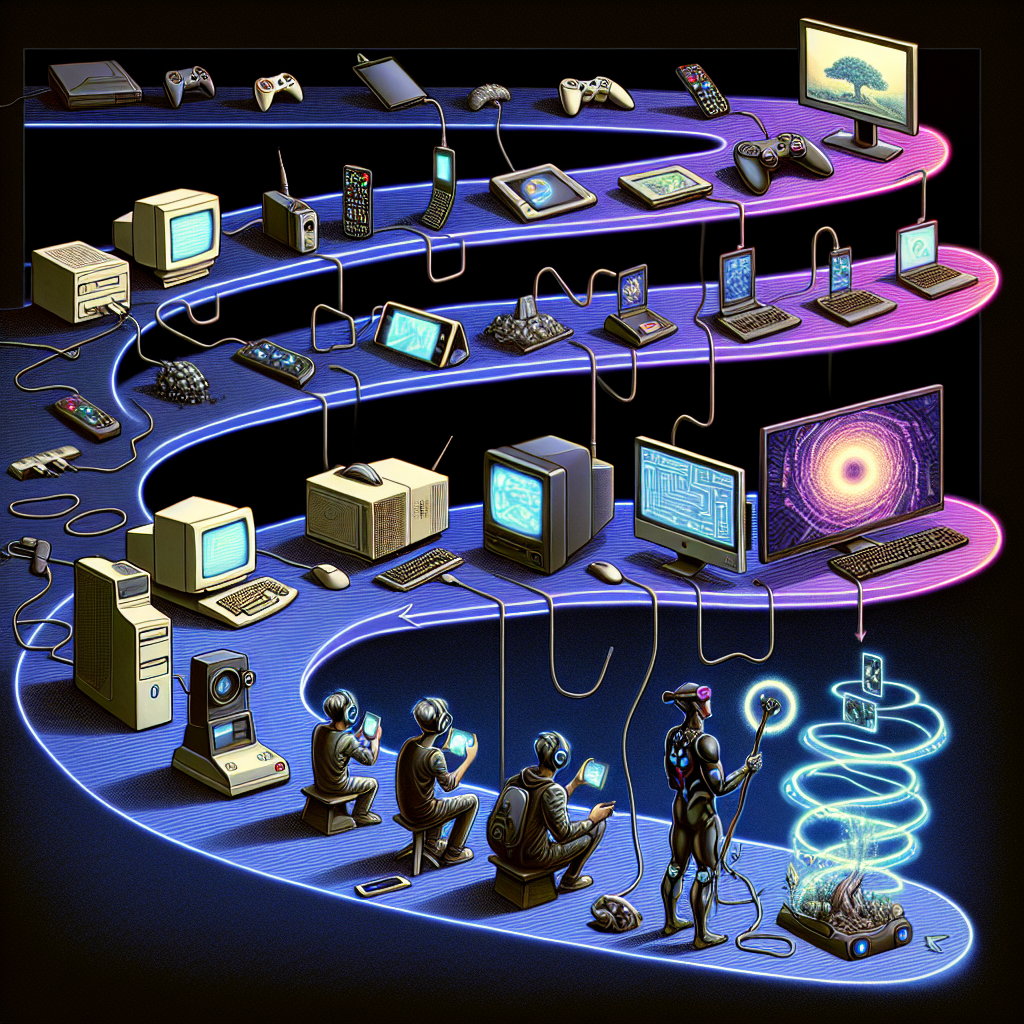The New Era of Game Development: Efficiency is Survival
In the wake of the pandemic’s unpredictable boom-and-bust cycle, the global gaming industry is undergoing a seismic shift—not just in user behavior or business models, but down to the core of how modern games are developed, hosted, and played.
After unprecedented growth during 2020-2021, gamers and developers alike are now navigating a return to pre-pandemic norms. However, today’s market is leaner and more competitive than ever. Development costs have ballooned, studios face widespread layoffs, and the pressure to deliver seamless gaming experiences has intensified. Now more than ever, technological innovation is the heartbeat of survival in the gaming world.
From Local Servers to the Edge: A Paradigm Shift
One of the most significant shifts happening today is the move away from traditional in-house server infrastructure toward Edge and Cloud computing. Studios that once relied on managing large, expensive server farms are increasingly embracing modular, on-demand services provided by cloud platforms and edge-computing environments.
Why the edge? Simply put, it’s all about proximity. Edge computing allows data to be processed closer to the players. By minimizing the distance data has to travel, studios can shave milliseconds off latency—critical for real-time, fast-paced gaming experiences like FPS titles, MOBAs, and multiplayer RPGs.
Real-Time Connection, Minimal Latency
Player expectations have evolved. A 200-millisecond delay is no longer acceptable, especially in competitive arenas where every frame counts. Technologies like edge computing play a vital role in achieving real-time responsiveness by deploying game logic and matchmaking services geographically nearer to the user base.
Leveraging the Cloud for Development Efficiency
The benefits of cloud solutions extend far beyond game play. Game development itself is undergoing a renaissance thanks to tools provided by cloud platforms like AWS, Microsoft Azure, and Google Cloud.
Reduced Compile Times and Increased Collaboration
Previously, compiling a AAA game could take hours. With scalable cloud infrastructure, studios now utilize distributed computing power to slash compile times from hours to minutes. This not only accelerates development but also supports a culture of faster iteration and real-time collaboration.
Through centralized cloud workspaces, developers can work on the same projects asynchronously across global departments. For companies navigating a post-layoff ecosystem, this capability ensures teams remain agile and productive, even under constrained resources.
Scalability During Peak Loads
Scalability is no longer just a bonus—it’s a necessity. During high-demand periods such as a new game launch or a live esports tournament, scalability offered by cloud platforms allows studios to dynamically spin up additional resources and absorb traffic spikes without disruption.
This adaptability ensures gamers enjoy consistent performance whether they’re logging in from New York, Nairobi, or New Delhi, helping studios deliver a uniform global user experience.
AI and Advanced Analytics: Data-Driven Game Optimization
Cloud platforms also open the gateway to leveraging powerful AI and machine learning (ML) capabilities. Today’s studios are using these technologies not just for game testing, but as integral parts of live game environments.
Smarter Matchmaking and Fraud Detection
AI-driven analytics allow for real-time monitoring of player behavior. Sophisticated models can now:
- Detect cheating patterns and auto-ban offenders with minimal false positives
- Balance matchmaking by analyzing skill levels, connection quality, and behavioral data
- Customize game elements for individual users based on interaction history
This data-centric approach ensures players receive optimal experiences while reducing churn and improving community engagement.
Predictive Performance Management
Studios can also use analytics to predict hardware failures, forecast player drop-off rates, and even refine in-game economies. With rich telemetry data harvested via cloud infrastructure, the feedback loop between players and developers has never been shorter—or more actionable.
XR and High-Fidelity Asset Streaming
The move to the cloud is also powering the next generation of gameplay experiences, including extended reality (XR) environments and real-time asset streaming for ultra-realistic visuals.
Streaming Assets On-Demand
Through cloud solutions, high-resolution textures and 3D assets can be streamed to users incrementally. This allows even modest consumer devices to experience AAA-level graphics without bulky downloads or local installations.
In open-world games where asset size is a growing challenge, technologies like Nvidia’s CloudXR or Microsoft’s Azure Remote Rendering reduce the device-side load, empowering players with more immersive, visually spectacular environments.
Conclusion: Innovation as a Necessity, Not a Luxury
Today’s gaming ecosystem is unforgiving. Studios no longer have the luxury of bloated infrastructure or inefficient workflows. Trimming compile times, reducing latency, and optimizing player experience isn’t just an engineering preference—it’s fundamental to staying afloat in a ruthlessly competitive market.
From edge computing and AI-driven analytics to asset streaming and scalable cloud frameworks, the silent revolution powering today’s games is fundamentally reshaping how they’re made and experienced.
As we step forward into a more demanding era, studios that embrace these innovations will not only survive—but thrive on the cutting edge.



Leave a Reply